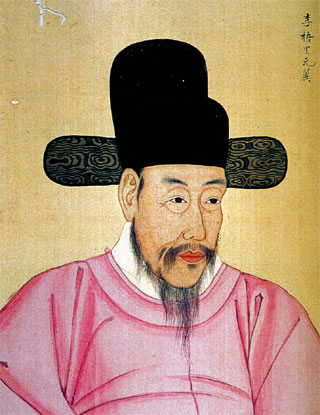Innovative Direction of National Defense Personnel Policy
Ori’s Military Officers Popuem & Integrity Storytelling
DOI:
https://doi.org/10.37944/jams.v1i2.30Keywords:
梧里, 壬辰倭亂, 丁酉再亂, 武官, 贓吏, 褒貶, 不動心, Ori, Corruption, Policy plague, Po-peum, Imperturbable Mind, Ori integrity storytellingAbstract
The article is organized as follows. The first clarifies research questions, the purpose of study and methodology about innovative direction of national defense personnel policy : Ori’s Military officers popuem & integrity storytelling in the middle of the Chosun dynasty. The second deals with methods of study, literature review, previous research and theoretical background of innovative direction of national defense personnel policy : Ori’s Military officers popuem & integrity storytelling in the middle of the Chosun dynasty. The analytical variables of a characteristic Ori integrity experience storytelling healing are seonbi spirit & body experience, so forth. The third presents analysis variables about innovative direction of national defense personnel policy : Ori’s Military officers popuem & integrity storytelling in the middle of the Chosun dynasty. The forth suggests research effect & limitations for fostering innovative direction of national defense personnel policy : Ori’s Military officers popuem & integrity storytelling in the middle of the Chosun dynasty. The last concluded that there are healing channel, healing, some suggestion & expectation effect, so forth. Those alternatives are Ori’s clean mind & unselfishness and there are few alternatives of national defense policy, imperturbable Mind(不 動心), Ori storytelling and some suggestion & expectation effect, so forth.
Metrics

Downloads
Published
Versions
- 2018-12-31 (4)
- 2018-12-31 (3)
- 2020-04-28 (2)
- 2018-12-31 (1)
How to Cite
Issue
Section
License

This work is licensed under a Creative Commons Attribution 4.0 International License.

이 저작물은 크리에이티브 커먼즈 저작자표시 4.0 국제 라이선스에 따라 이용할 수 있습니다.






